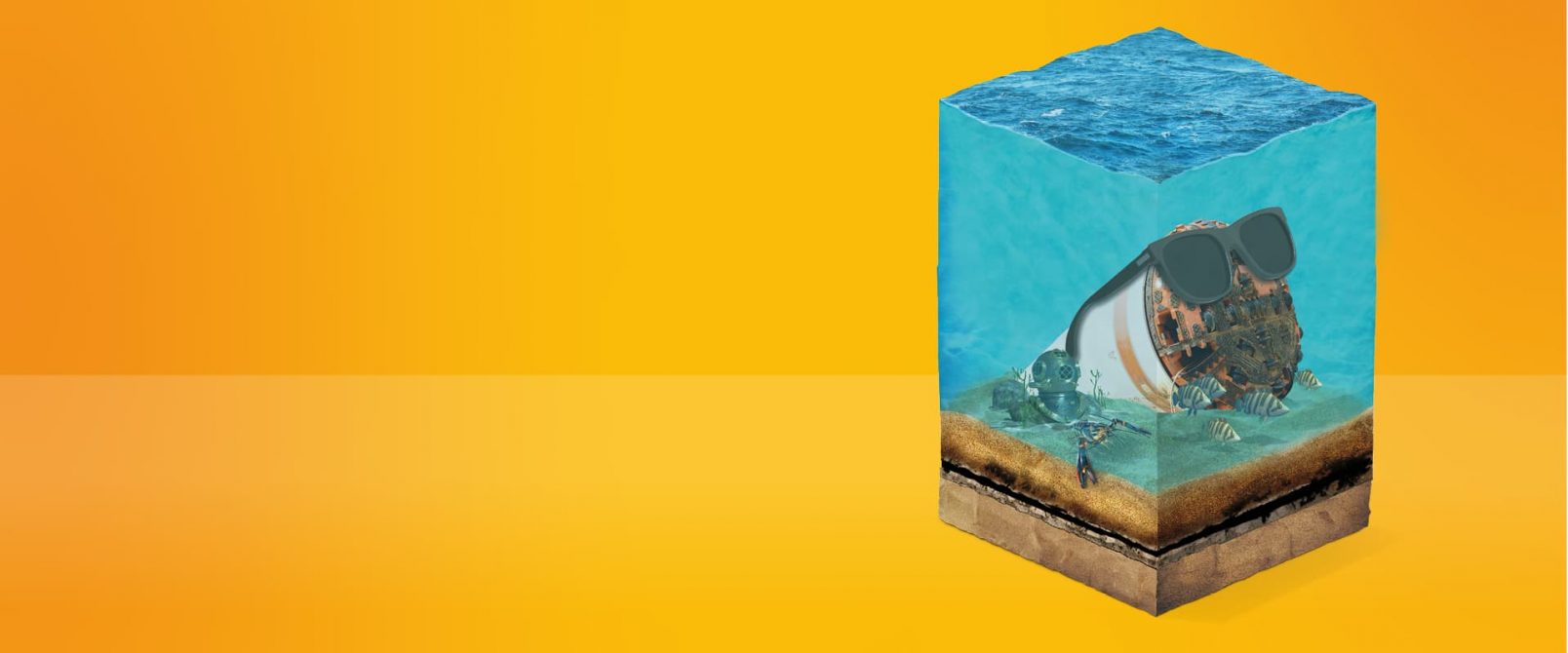Balfour Beatty will deliver one of the most complex marine engineering projects currently taking place in the world to support the construction of the first new nuclear power station built in the UK in more than 20 years.
The project will see the construction of three tunnels under the seabed that will supply the two reactors at Hinkley Point C with cooling water and then discharge it back into the Bristol Channel.
Our experts will use state-of-the-art technology to excavate a total of nine kilometres of tunnel, which will be lined with 40,000 concrete segments. The tunnels will be connected to the seabed by vertical shafts more than 40 metres in depth and capped with large intake and outfall heads that allow sea water to pass through into the tunnels. Both the concrete segments and the heads will be manufactured to exacting specifications at a purpose-built facility at Balfour Beatty’s site at Avonmouth, Bristol.
